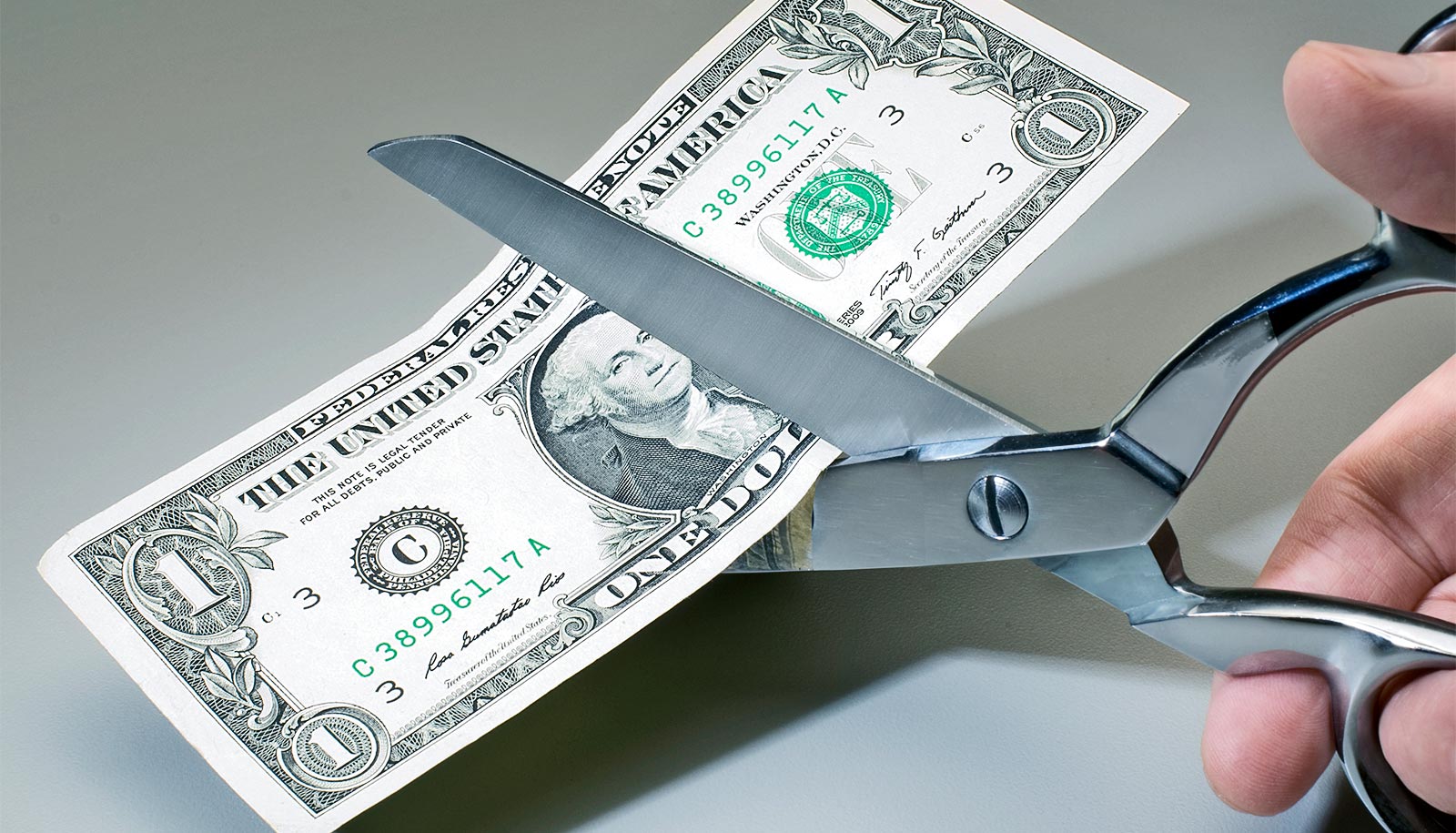Weight loss among obese adults of any age may lead to significant cost savings, research shows, and those savings peak at age 50.
The savings benefit both the patient and broader society, say the researchers, whose work was based on computer modeling and appears in the journal Obesity.
Researchers found that a 20-year-old adult who goes from being obese to overweight would save an average of $17,655 in direct medical costs and productivity losses over his or her lifetime. The same person cutting enough pounds to reach a healthy weight would result in an average savings of $28,020.
A 40-year-old adult going from being obese to overweight can save an average of $18,262. If the same person dropped to normal weight, an average savings of $31,447 can follow, the study found.
A high body mass index is linked to a higher risk of serious conditions like diabetes, cardiovascular disease, and some cancers, potentially leading to high medical and societal costs and productivity losses. More than 70 percent of adults in the United States are overweight or obese, which in direct medical expenses alone costs nearly $210 billion a year.
“Over half the costs of being overweight can be from productivity losses, mainly due to missed work days,” says Bruce Y. Lee, executive director of the Global Obesity Prevention Center at the Johns Hopkins University Bloomberg School of Public Health.
The researchers developed a computational simulation model representing the US adult population and showing the lifetime costs and health effects for an individual with obese, overweight, and healthy weight statuses at ages 20 through 80. The model used data from the Coronary Artery Disease Risk Development in Young Adults and Atherosclerosis Risk in Communities studies.
The model simulated the weight and health status of an adult as he or she ages year by year throughout his or her lifetime to track the individual medical costs and productivity losses of each person. Included were the estimated direct medical costs to the insurer and health care facility, plus productivity losses and sick time.
The idea of losing money gets people to work out
The research team found that cost savings peak at age 50 with an average total savings of $36,278. After age 50, the largest cost savings occur when an individual with obesity moves to the normal weight category as opposed to the overweight category, emphasizing the importance of weight loss as people age. This finding is important because people aged 50 and older account for more than 60 percent of incremental societal costs, which includes higher taxes to support government insurance and higher copays and other out-of-pocket expenses.
“Most previous models have taken into account one or a few health risks associated with obesity. Subsequently, the forecasted costs may be unrealistic,” says Saeideh Fallah-Fini, who was part of the research team. “The model we developed takes into account a range of immediate health complications associated with body weight, like hypertension or diabetes, as well as all major long-term adverse health outcomes, including heart disease and some types of cancer, in forecasting the incremental health effects and costs to give a realistic calculation.”
The researchers say that once they realize the reverberating effects of obesity on the productivity of employees and, consequently, their profits, employers may look to redesign or sponsor healthy lifestyle programs with weight-loss initiatives.
The chance to win cash may double weight loss
The Eunice Kennedy Shriver National Institute of Child Health and Human Development and the Agency for Healthcare Research and Quality funded the study.
Source: Johns Hopkins University



